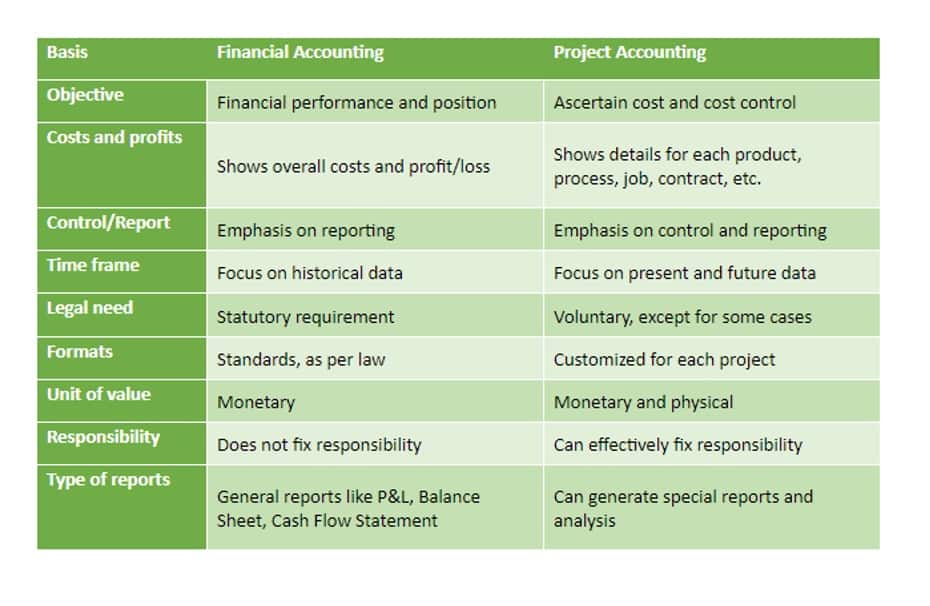
From there, the payments will process automatically, without hands-on intervention from you or the client. Believe it or not, your accounts receivable process begins during the first meeting with the client. Rick is a highly accomplished finance and accounting AI in Accounting professional with over a decade of experience. Specializing in delivering exceptional value to businesses, Rick navigates the complexities of the financial realm easily. His expertise spans various industries, consistently providing accurate insights and recommendations to support informed decision-making.
- After the strategy has been determined and an account is placed, our firm commences its unique collection process.
- DSO refers to the number of days it takes for your firm to collect receivables post-case, while the AR turnover ratio measures how quickly receivables are converted into cash.
- Accounts receivable starts with an initial conversation with the client about the firm’s billing procedures and when the invoices are expected to be paid prior to any work being performed.
- This ability to see AR aging status allows firms to improve cash flow more efficiently and effectively.
- Law firms can benefit from integrated time tracking, seamless billing, and secure document sharing, reducing administrative overhead and enhancing client service.
- A chargeback can be challenging since the outcome is up to the card company’s discretion.
The Client Service Approach at Leib

While server-based solutions may offer some advantages, cloud-based options are becoming increasingly popular due to their scalability, flexibility, and cost-efficiency. They provide secure and integrated document management solutions tailored for law firms. When choosing a legal accounting software, your law firm needs to be aware that even a software can be divided in sever-based and cloud-based solutions. Both options have advantages, but cloud-based solutions are becoming increasingly popular due to their flexibility and scalability. The right accounting software can streamline operations, improve accuracy, and provide valuable insights into your firm’s financial health.
- The article highlights the following strategies to strengthen accounts receivable in law firms.
- By tackling these challenges, firms can open the door to new levels of success.
- It also integrates with MyCase legal case management software which makes managing firm finances easier with legal invoicing, time tracking, financial reporting, legal payment collection, and automated workflows.
- Our team of experienced attorneys is dedicated to providing tailored legal services to protect your interests and optimize your collection efforts.
- Disputes are one of the most common causes of payment delays, with most customers unwilling to release any funds if they believe an error has been made.
- For example, if you are a personal injury lawyer, your firm’s operating account is something your firm owns (the account itself) and receives economic benefit from (cash).
- Integrating your tools also ensures that client and matter details, rates, and billing information are consistent across the different systems you’re using, which reduces discrepancies and potential errors.
How Accounts Receivable Automation Can Help Your Law Firm Thrive

So, in the legal world, accounts receivable indicates the payment clients owe the lawyers or the law firm. You might have sent an invoice to the clients detailing the due date and the amount law firm accounts receivable management owed, but if it remains unpaid, it constitutes a law firm’s accounts receivable. Second, you need to minimize the time you spend following up on late payments. Managing financial operations in a law firm is difficult due to the specific nature of legal billing, trust accounting, and more.

Create Straightforward Invoices
- Firms lose thousands of dollars every year to the overhead costs of managing accounts receivable, for hours of work that they are never paid for, and on invoices they were never able to collect in full.
- However, additional payment methods and legal payment processors lead to more compliance requirements.
- These documents should be looked over annually or as shifts in the firm arise.
- Also, consider building QR codes or creating click-to-pay links for faster transactions.
- Instead, you can set up automated reminders as the next billing date approaches.
- In other words, you and your law firm employees are providing quality legal work to those in need.
It may make sense to engage in a collector who provides first party collections. net sales This is where the collector works on aged receivables and represents himself/herself as a member of the firm and the collection fee can certainly be negotiated. In this situation, the collector is considered an outsourced collector and usually charges 30% of the collection. Many times, when accounts are over 120 or 180 days, it makes sense to go this route. There are some collectors who work primarily with law firms and have not initiated a malpractice lawsuit due to the engagement. Even before a client signs a retainer, make it a point to explain your payment terms, timelines, and billing processes to set clear expectations and effectively collect accounts receivable in the future.
Bonus: navigate payment disputes with ease
By simplifying billing workflows, trust accounting, and reporting, LeanLaw helps firms boost cash flow and improve client satisfaction. Integrated seamlessly with QuickBooks, LeanLaw provides a modern solution for accurate, compliant legal accounting. The lawyer accounting solution supports various billing models, including fixed fees, hourly billing, and contingency matters.


According to Clio’s latest Legal Trends Report, collection rates (the percentage of invoiced work that gets paid) among law firms is 91%, leaving 9% of invoices uncollected. By implementing these strategies, you’ll expedite payments, increase your firm’s bottom line, and reclaim valuable time for practicing law. Make no mistake, the legal pursuit of collections is not as easy as making a phone call or sending a letter demanding payment in full.
